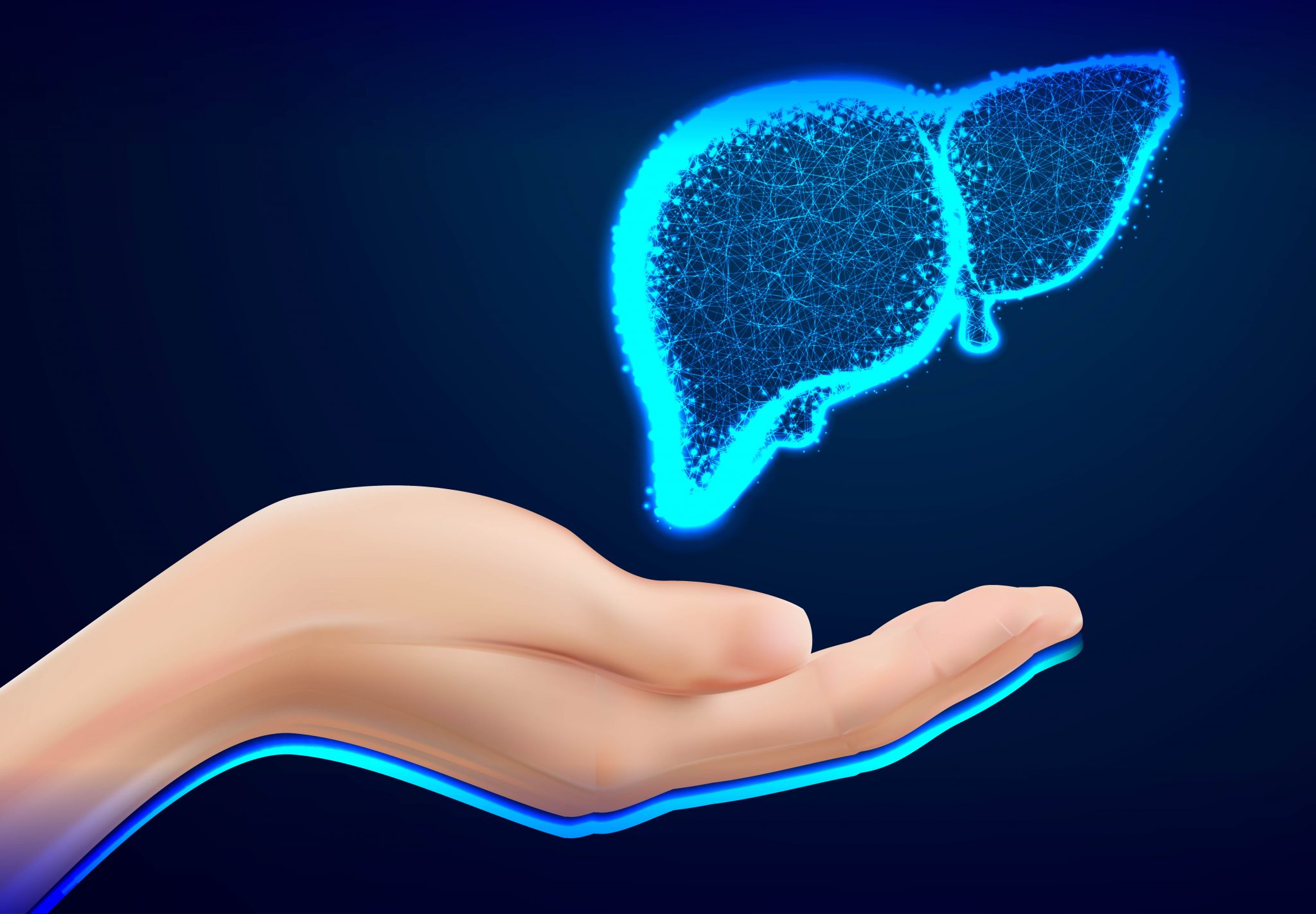The ordeal in the latest Oscars 2022 has struck conversations on hair loss and balding. Has this topic ever occurred to you that it may be due to genetics?
It’s quite common to relate balding with males but, this condition typically affects anyone regardless of gender. Genetics do play a huge role in determining the amount of hair loss one experiences as one ages. Unfortunately, genetic hair loss is irreversible. However, there are several measures to slow down and maximize hair growth potential.

The ‘Balding Gene’
When genetics is the cause of hair loss, it is usually in a predictable pattern referred to male pattern baldness (for males) and female pattern baldness (for females). The medical term for these is androgenetic alopecia, the most common cause of hair loss.2
Male Pattern Baldness (MPB)
There is an underlying reason why people usually relate balding to men. This is because balding is strongly associated with the AR gene in the “X” chromosome.
Two chromosomes determine the biological sex of a person ie. “X” chromosome and “Y” chromosome. Males have XY chromosomes, “X” from the mother and “Y” from the father while females have XX chromosomes, one from each parent.
As there is only one “X” chromosome in males, the androgen receptor (AR) gene is easily to be expressed compared to two “X” chromosomes in females. The AR gene needs to be available in two of the “X” chromosomes to be activated and expressed.
However, MPB is thought to be polygenic. This means that it involves more than a gene for the condition to occur. A review highlighted 63 genes that were involved in male pattern baldness, with only 6 of them being found in the “X” chromosome.2
Female Pattern Baldness (FPB)
Like MPB, female pattern baldness is also thought to involve many different genes. Genes that code for aromatase (female hormone) may partake in FPB. Many women experience hair loss after menopause. Given that aromatase levels drop, triggering the rise of androgen (male hormones) that shrinks the hair follicle.1 As a result, hair thinning, and hair loss happened.
Bad genes = Balding?
Aside from genetics, other factors can contribute to hair loss. Women tend to notice hair loss after menopause due to hormonal changes while men often notice balding in their early adulthood.
External factors that may cause balding:
- Stress
- Hormonal changes (pregnancy, menopause, thyroid changes)
- Nutritional deficiencies (protein, zinc)
- Medication/birth controls
- Autoimmune disorder (eg. Alopecia areata)
- Ringworm infections
READ ALSO: Why Are We Not As Hairy As Chewbacca?
Measures to slow hair loss
“Genetic hair loss can’t be “cured”, but there are things you can do to slow the thinning.”
Although genetic hair loss is permanent, there are ways to slow down this process.3
- Live a healthy lifestyle
- Hair transplant surgery
- Laser therapy (red light therapy)
- Platelet-rich plasma injections
- Oral medications prescribed by doctors (Finasteride)
- Topical medications prescribed by doctors (Minoxidil)
Conclusion
While our genetics may not change, we can change our perspective on how to see this condition. Understanding your genetics may help you to know the risk of balding and take preventive measures to reduce them.
Discover your genes with DNA Explorer to find out more about yourself.
References
1. Nelson, L R, and S E Bulun. “Estrogen production and action.” Journal of the American Academy of Dermatology vol. 45,3 Suppl (2001): S116-24.
2. Nunez, K. (2019). What Is Balding, and How Can You Treat It? Healthline. Accessed 1st April 2022 from https://www.healthline.com/health/balding.
3. Yetman, D. (2020) How to Fight Baldness Gene (and Other Factors). Healthline. Accessed 31st March 2022 from https://www.healthline.com/health/baldness-gene.

